FULL SUN
6 plus hours
pH
6.0-6.8 Slightly Acid
PLANTING
Spring and Fall
FEEDING
Organic Phosphorous & Humic Acids
EXPERIENCE
Easy
There are those who love the earthiness of a beet and those who despise it. This earthy flavor comes from a compound called geosmin. This is the same compound that is responsible for that lovely earthy smell after a good rain.
Beetroot has a multitude of health benefits and has found its way into a number of health supplements. Besides being rich in fiber and many minerals, some of the health benefits offered are due to the inorganic nitrates in beets. It helps to improve cognitive function, blood flow, reduces blood pressure, improves athletic function, and reduces inflammation. In addition, beets support eye health, boosts immunity, and has cancer-fighting properties.
Sugar beets were first cultivated in Germany, and approximately 20% of the world’s sugar supply currently comes from sugar beets. The leafy tops of beets are also edible, the Romans and Greeks cultivated beets for these tops. It was only much later around 1542 that they were cultivated for more developed roots. The leaves, stems, and roots are all edible.
HOW TO GROW Beets
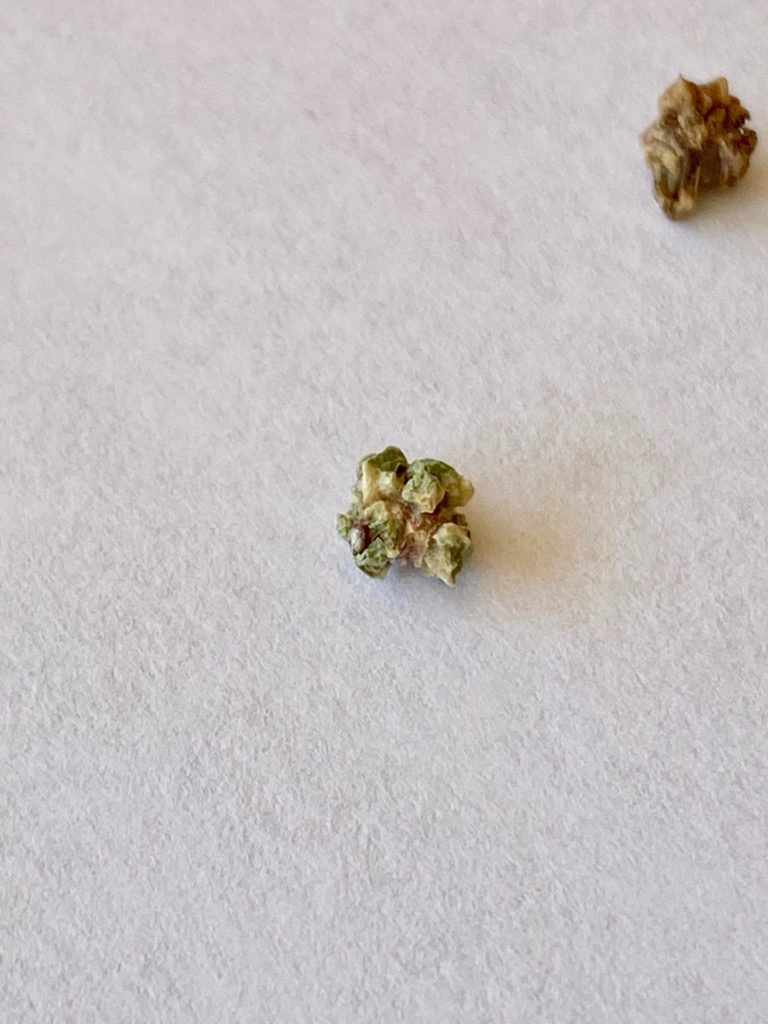
- Beet seeds are polyembryonic also referred to as multigerm. This means that each seed capsule as shown in the picture will produce 3-6 tiny beet seedlings.
- The seed coat is very hard, and germination is greatly improved by soaking beet seeds overnight in some water. Do not use soft water.
- Beets should be planted in loose well-draining soil that is slightly acidic to support the best bulb formation. 6.0-6.8 is the best pH range for phosphorous uptake.
- Amend soil with fine compost and sand to make the soil in the planting area loose and well-draining. Earth’s Original Organics Flower adds phosphorus to support bulb formation. Also, add humic acid to amend pH.
- They are best sown from October to the beginning of April.
- There are two approaches to sowing beets. The common way is to sow in rows with seeds spaced about 5-6 inches apart. As each seed germinates into multiple seedlings, most of the young seedlings are removed and the strongest seedling from each seed capsule is left to grow into a mature beetroot.
- However, Charles Dowding teaches a different way of planting beets. Instead of removing all the tiny seedlings that germinate from a single seed, at least 4 are left to grow as they as in a clump. As they grow the largest beetroot in each clump is removed as a baby beet. This allows for an early harvest of the first few beets. The additional space created by the removal of these first beets creates more space in the clump and allows the ones left to grow larger. The process of removing the largest from each clump is repeated until only one is left for the last harvest from the clump. In essence, this is a way of reaping the rewards of a succession sowing method without actually having to resow seeds every time a beet is removed.
- Plant beetroot seeds twice as deep a the size of the seed or half an inch deep.
- If planting in October, temperatures can be very warm and easily dry out soils. Water well and cover the soil with burlap or cheesecloth to prevent moisture loss from the soil. Check morning and evening if the soil needs to be watered again.
- Once the first seeds have germinated, the plants will need sun, remove the burlap and cover with tulle to act as shade cloth and also protect the new seedlings from birds. This will have to be raised above the seedlings.
- Mulch around the seedlings to protect the soil.
- As the seedlings get larger and the weather gets cooler, the tulle can be removed when the seedlings are no longer in danger of being completely devoured by birds.
- Beetroot does not require frost protection and can be overwintered and harvested as needed.
BEETROOT VARIETIES
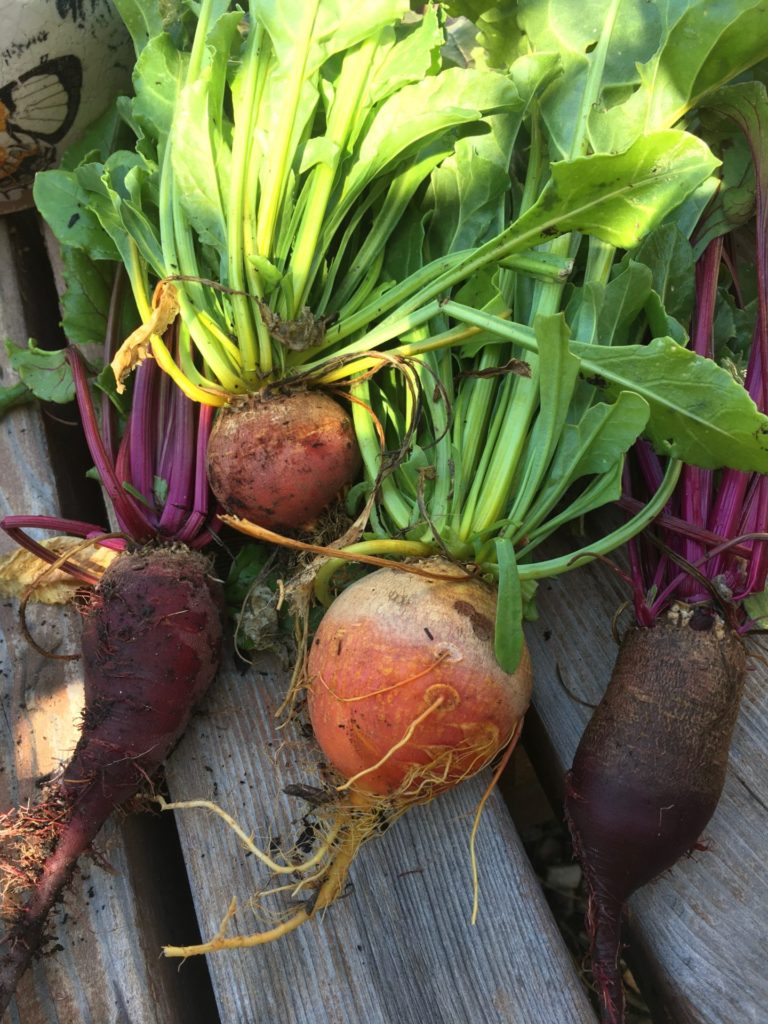
The yellow varieties have a milder flavor than the red ones and are better to introduce to those not too keen on beets.
- Badger Flame Beets: This variety from Row 7 Seeds is perfect for those who do not appreciate the earthiness. Their website describes it as “All the vegetal sweetness of the beet, without the polarizing earthiness—the brilliant Badger Flame is here to redeem the beet’s dirty reputation. 80 days to maturity; 55 days for small beets”.
- Chioggia: Also called candy cane beet. An Italian variety that is known for its very attractive red and striped interior. Delicious and sweet roasted or grilled. Young Chioggia beets are cut into thin slices and added raw to salads. Keep in mind, raw beets can sometimes have an unpleasant bite.
- Cylindra: Another popular variety that is very sweet and as the name suggests cylindrical in shape rather than round. It is a very sweet variety and deserves a spot in any garden.
- Sweetheart Beets: The sweetest variety I have tried. Lighter colored roots that stand out in sweetness when compared to other varieties. The foliage is also different in color and very attractive. Make a good edible in an ornamental garden.
- Early Blood Turnip: The earliest surviving variety of beet! Deep beautiful color, this one is popular for home gardens and market gardens alike.
FERTILIZING AND FEEDING BEETS
For great results, consider using Earth’s Original Organics Magic Flower for Phosphorous and Humic acid.
POSSIBLE ISSUES WITH BEETS
Small or No Bulb Formation
This could be a result of soil pH, very warm temperatures, or not enough sunshine. Root vegetables require 6-8 hours of sun at least. Less sun will result in smaller bulbs or none at all. Ensure that soil is slightly acid for proper bulb development. Do not plant when temperatures are too high.
Birds and Critters
Protect newly planted seedlings by covering with tulle or row covers. Young seedlings are very appetizing to hungry birds and critters.
COMPANIONS
Beetroot is unfussy and grows well with almost any other plant. but Do not plant close to those that will be fed a high nitrogen feed. They do well near brassicas, flowers, lettuce, radish, and onions. Do not plant next to taller crops that will shade out the beets. They do not have any negative effects on any other crop.
HARVESTING
A leaf or two can be harvested from each bulb during the growing process and prepared like swiss chard. Bulbs can be harvested when they are 1.5 inches in diameter and considered baby beets. It is best to harvest beets when young and tender. Beets left in the ground too long tend to get woody and bitter.
SEED SAVING
In order to save seeds, beets will be grown as a biennial crop. The best roots should be left in the ground, and the plant should be allowed to flower. Once seeds start to dry on the plant, they can be harvested and dried further before storing.

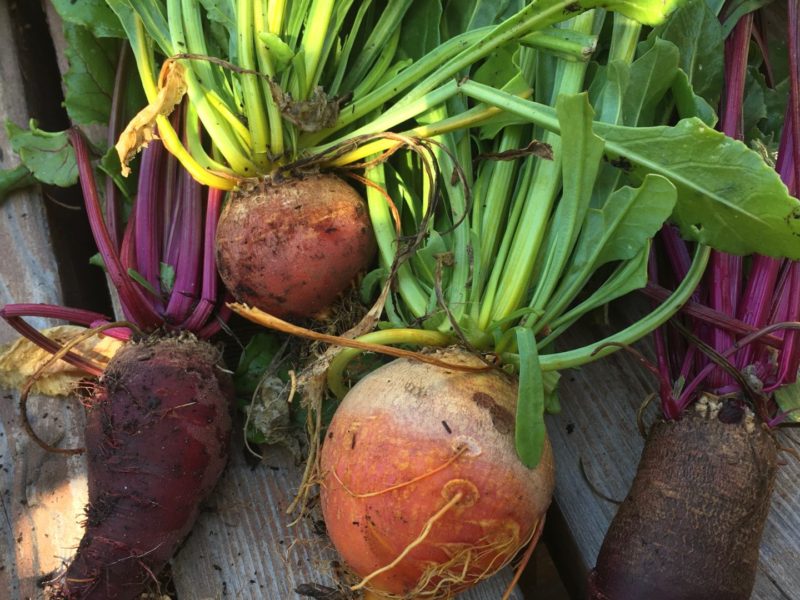

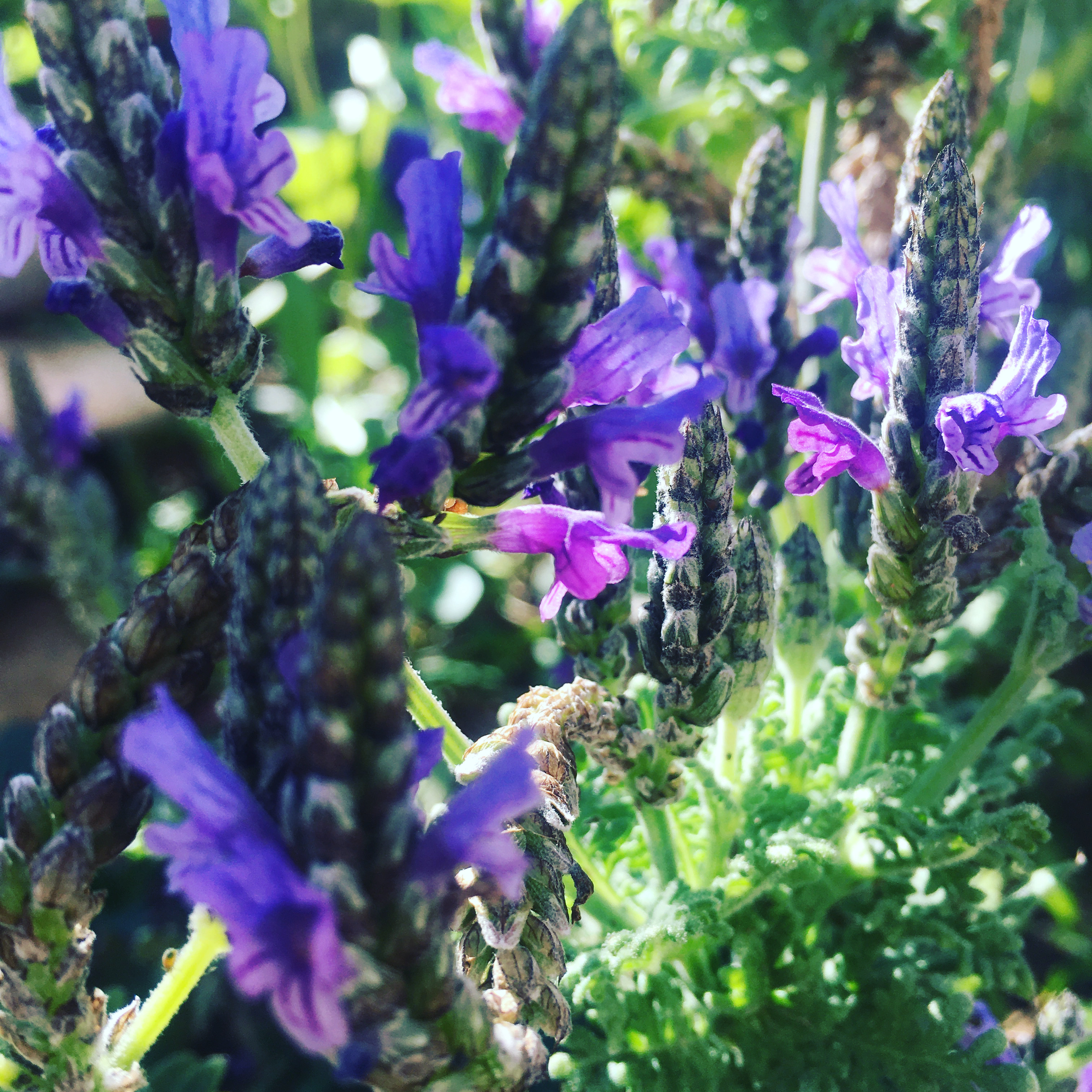
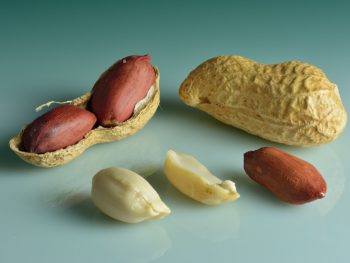
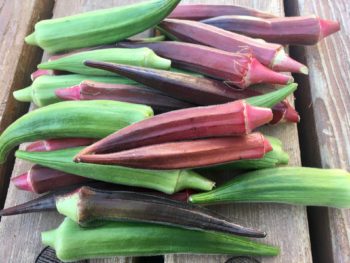
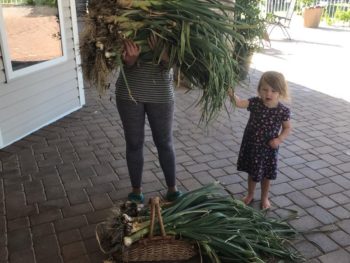
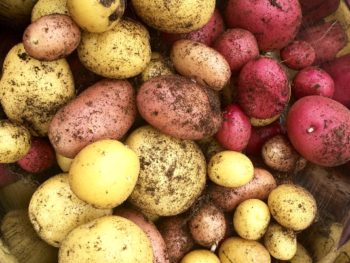
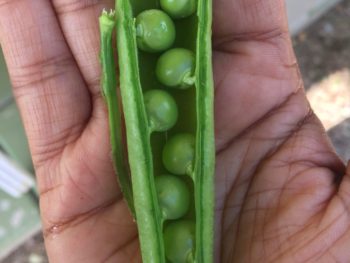
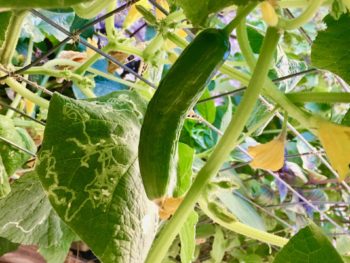
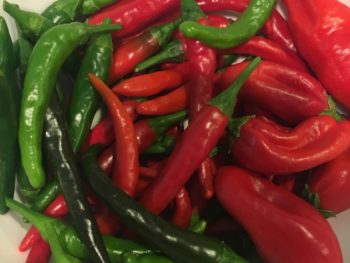
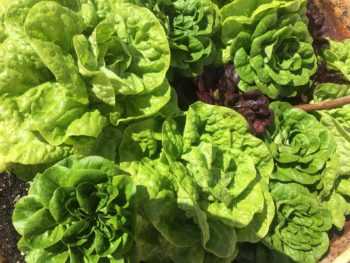
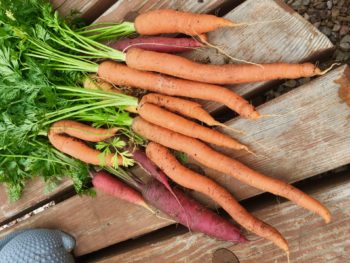
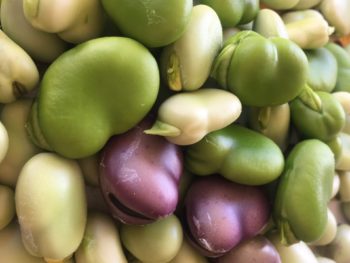
 How To Grow Peas In The Desert
How To Grow Peas In The Desert